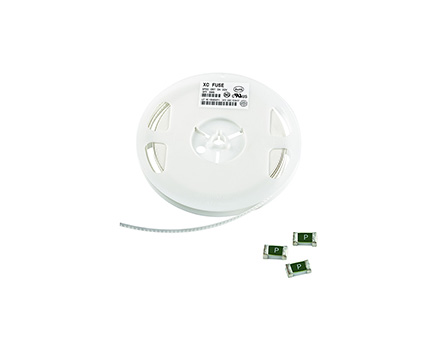
Rated current: Understanding the rated current of the equipment or motor you are testing is crucial. The rated current of the fuse should be greater than the rated current of the equipment to ensure that the fuse will disconnect the circuit and provide overload protection when the current exceeds the set threshold during the experiment.
Short circuit protection: In the stall experiment, the equipment may generate huge currents due to overload or stall. It is important to choose fuses with lower melting current and fast melting characteristics to prevent equipment from overheating or damage.
Freeze voltage: Select the fuse according to the voltage requirements of the equipment. The freeze voltage of the fuse should match the operating voltage of the equipment to ensure that the fuse can function properly during the experiment.
Temperature characteristics: In the stall experiment, the equipment may generate high temperatures. Choosing fuses with appropriate temperature coefficients and temperature capacities can ensure the reliability of protecting circuits in high-temperature environments.
Quick disconnection and reset: In the locked rotor experiment, once the fuse is disconnected, it should be able to quickly leave the circuit. Choosing a fuse with quick disconnect function and easy resetting will help with the experiment and protect the equipment.
Certification and Standards: Ensure that the selected fuses comply with relevant certification and standard requirements, such as UL, CE, etc. This can ensure the quality and safety of the fuse.
Read recommendations: